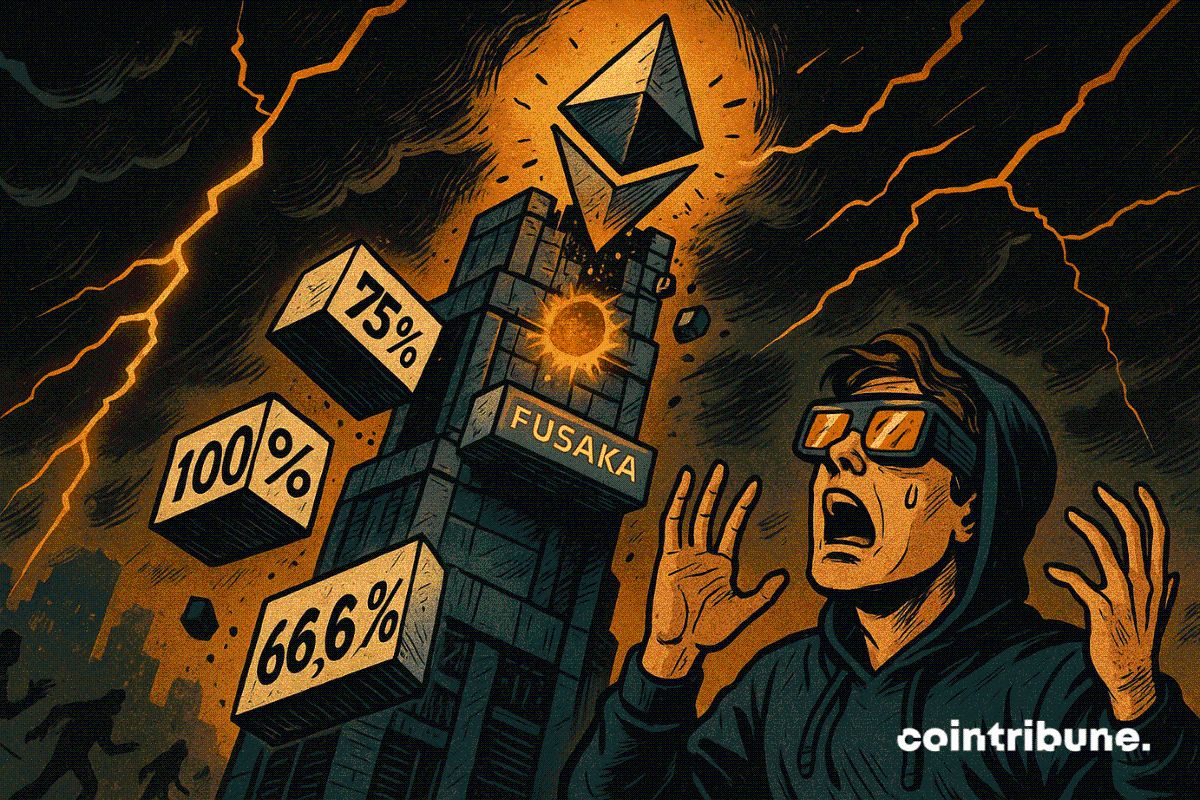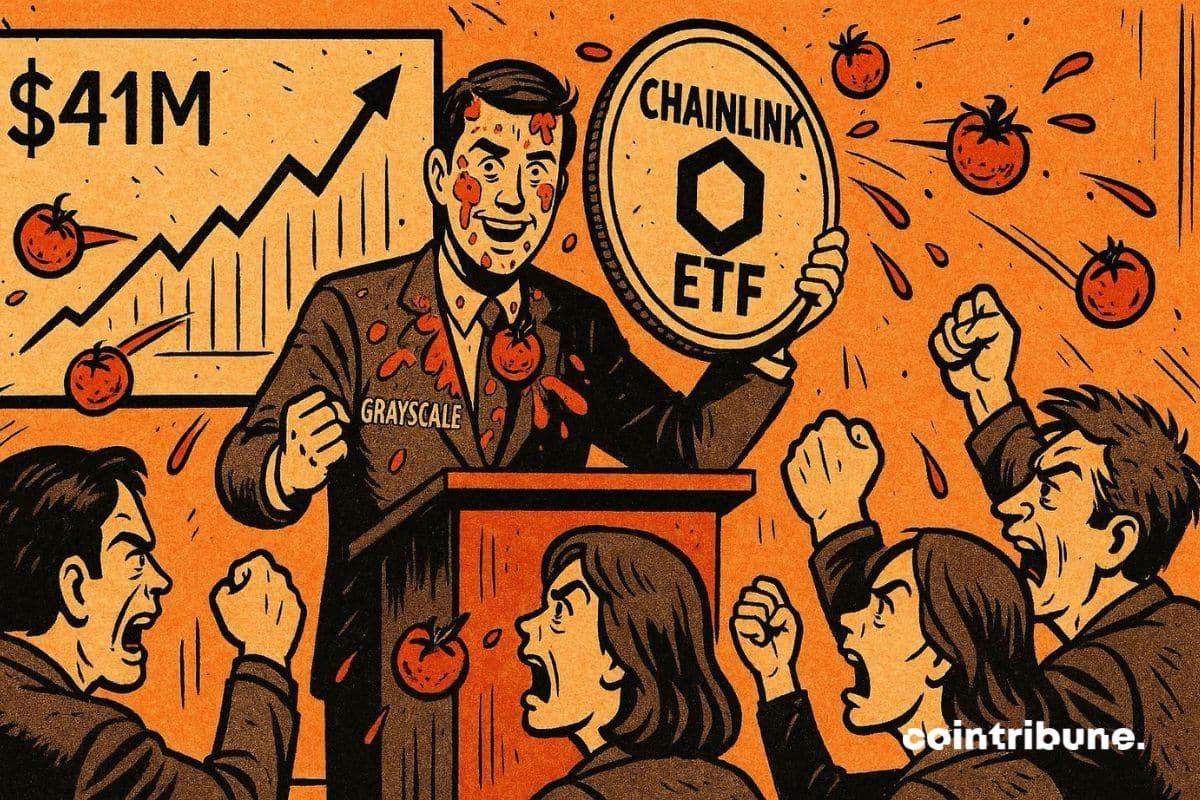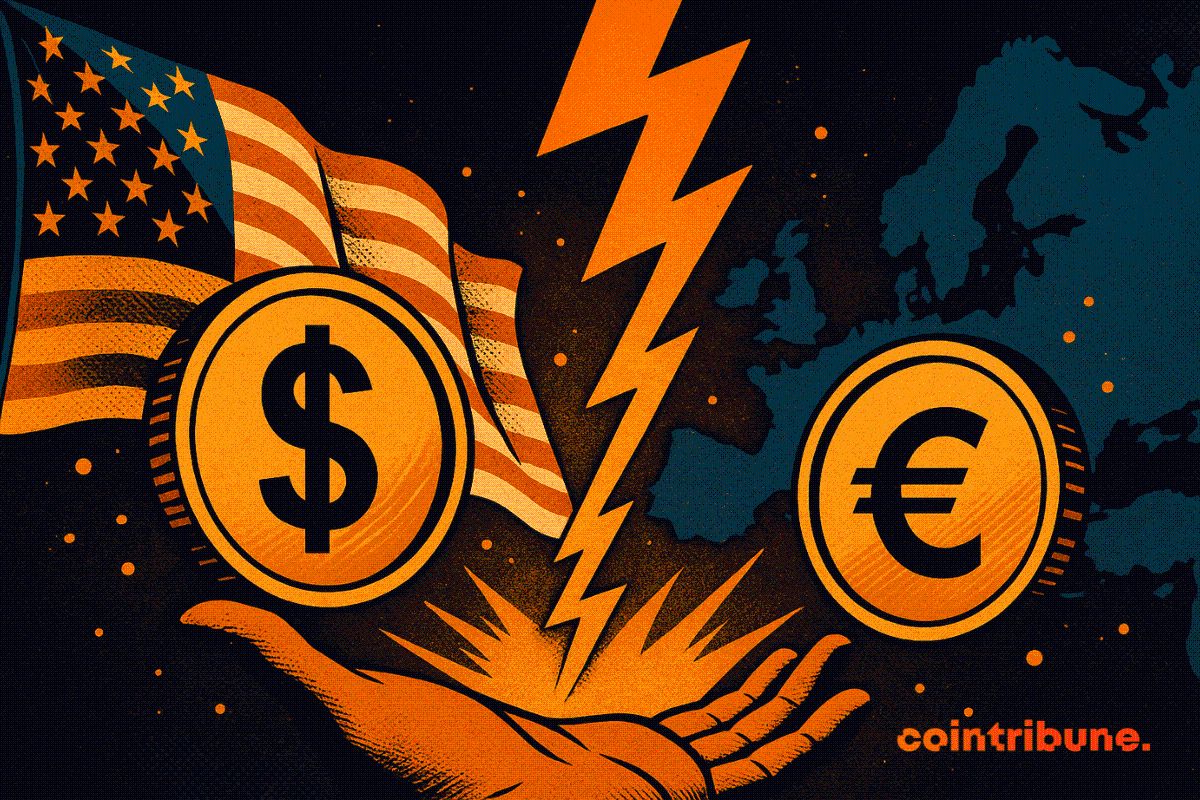Solana News Today: Kanye's YZY Token Meltdown Exposes Crypto Hype's Fragile Core
- Ye's Solana-based YZY token collapsed 80% in a week, costing retail traders $75M after a $3B peak. - The project faced scrutiny over transparency, with a fraudulent token incident and insider trading concerns. - Similar celebrity-backed tokens like $HAWK and $TRUMP also crashed over 80%, highlighting market volatility risks. - YZY's legal terms include class action waivers and jurisdiction restrictions, raising accountability concerns. - Despite Solana's technical improvements, the project underscores cr
YZY Token, the Solana-based meme coin launched by rapper Ye (formerly Kanye West), has lost over 80% of its peak value in just a week, resulting in a $75 million loss for retail traders. The token initially surged to a market capitalization of $3 billion following its launch on August 20, 2025, only to collapse under scrutiny and investor skepticism. The project, dubbed “YZY Money,” aims to establish a decentralized financial ecosystem, including a native token (YZY), a low-fee payment processor (Ye Pay), and a global spending card (YZY Card). Despite its ambitious framework, the token’s performance has raised concerns over transparency and sustainability.
The chaotic start to YZY’s launch was exacerbated when West claimed on X on August 26 that his Instagram account had been hacked and used to promote a counterfeit version of the token. The fraudulent token briefly reached a $7 million market cap before crashing. West provided the correct contract address for the official token, which ends in “YEEZY,” and directed followers to the official YZY_MNY account. However, the incident fueled confusion among investors and further undermined confidence in the project. The fake token was linked to the Pump.fun platform, a known breeding ground for speculative and often short-lived meme coins.
YZY Money’s tokenomics, according to its official website, allocate 20% of the supply to the public, 10% to liquidity, and 70% to Yeezy Investments LLC. Onchain analytics firm Bubblemaps confirmed that the distribution closely mirrored the stated breakdown. The team deployed 25 contract addresses to deter sniping bots, with only one chosen as the official token contract. This approach aimed to give smaller traders a fairer shot at acquiring the token, yet it did little to curb the volatility that followed. The liquidity pool, which received 30 million YZY tokens, was structured in a way that would allow the price to drop rapidly once the token moved beyond a certain threshold.
Industry analysts and blockchain experts have long questioned the viability of celebrity-backed tokens, and YZY’s rapid collapse is the latest example of the risks involved. Similar cases include the $HAWK token, launched by TikTok influencer Hailey Welch, which reached a $500 million market cap before plummeting by 95% within hours. The $TRUMP and $MELANIA tokens, tied to former U.S. President Donald Trump and his wife, have also lost over 80% of their value since early 2025. These projects are often criticized for pre-allocating a large percentage of their supply to insiders, who are then able to dump their holdings and drive down the price.
YZY Money’s launch also coincided with a technical milestone for the Solana blockchain, which recorded an all-time high of 2,300 transactions per second. This marked an improvement over earlier congestion issues seen during the launch of other celebrity tokens. Despite the network’s performance, onchain data revealed that Hayden Davis, a figure associated with the $LIBRA token scandal, may have played a role in the YZY token’s early trades. Bubblemaps reported that Davis controlled wallets tied to $12 million in YZY transactions, raising concerns about potential insider trading.
The project’s legal structure further complicates its reputation. The YZY Money website includes a class action waiver in its terms of service, effectively preventing token holders from pursuing collective legal action if the project fails or engages in fraudulent behavior. The document also warns users of the “potential for complete loss” and excludes residents of restricted jurisdictions. Critics argue that these legal protections give the project an unfair advantage while limiting accountability for project creators.
Despite the controversies, YZY’s launch has drawn significant attention to Solana as a platform for high-profile crypto projects. The chain has become a preferred choice for celebrities and influencers due to its speed and efficiency in handling large-scale token distributions. However, the broader market’s reaction remains mixed, with many investors viewing such projects as short-term speculative plays rather than sustainable financial innovations. The collapse of YZY highlights the challenges of balancing hype with real-world utility in the rapidly evolving crypto landscape.
Source:

Disclaimer: The content of this article solely reflects the author's opinion and does not represent the platform in any capacity. This article is not intended to serve as a reference for making investment decisions.
You may also like
Alphabet’s TPUs Emerge as a Potential $900 Billion Chip Business

Ethereum Loses 25% of Validators After Fusaka: The Network Nears a Critical Failure

US Stablecoin Rules Are Splitting Global Liquidity, CertiK Warns

JPMorgan Sees Bitcoin Reaching $170K if Strategy Holds Firm
